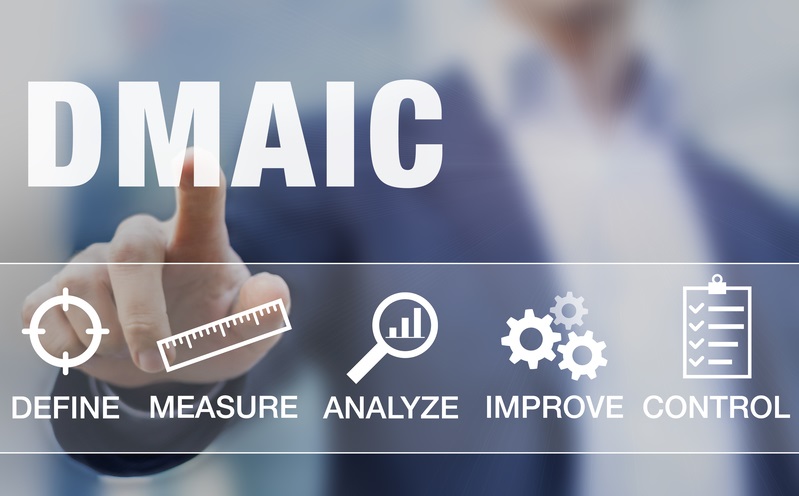How Lean and Six Sigma are Used in the Transportation Industry
Lean Six Sigma is a process management approach applied in many industries, including transportation. It is a collaborative approach that emphasizes eliminating operational waste and reducing process variation. This article will examine how Lean Six Sigma is used in the transportation sector.
What is Lean Six Sigma?
Lean Six Sigma is a team-focused managerial approach focused on eliminating waste and product defects to boost organizational efficiency. It combines the principles of Lean Management, aimed at eliminating waste, and Six Sigma, aimed at reducing product defects to a negligible level.
Though Lean Six Sigma was initially developed for the manufacturing sector, it has since spread to many other industries, including transportation.
Learn more about our Six Sigma training.
How does Lean Six Sigma Work?
Lean management revolves around analyzing business processes to identify and eliminate waste. It aims to remove any non-value-adding process and leave only the necessary processes, reducing costs and boosting the bottom line while maintaining organizational productivity.
Six Sigma centers on analyzing business processes to identify and solve defect-causing problems. It starts with identifying the relevant issues and then collaborating to brainstorm solutions. The ultimate goal is to reduce defects to a negligible rate (below 3.4 per million units).
Lean Six Sigma combines the two principles to eliminate waste and improve product quality, increasing profits and customer satisfaction.
Two Lean Six Sigma principles applied in the transport sector are PDCA and DMAIC.
Plan-Do-Check-Act (PDCA)
PCDA is a four-step iterative approach to continually improve processes as part of the Lean strategy.
- Plan: Your team analyzes business processes to identify waste. Then, the team will define the waste issue precisely and brainstorm solutions.
- Do: Your team implements the solution on a micro level and evaluates the impact. This part is critical because it lets your business test solutions on a smaller scale before moving to a large scale. In contrast, if you rush to test the solution on a macro level, it might not work and end up disrupting the whole process.
- Check: Evaluate the results of the small-scale implementation to see if it works. If so, it’s a signal to improve and implement the solution on a macro level. If not, your team should return to the drawing board to devise another solution.
- Act: Your team implements the solution, documenting and standardizing the procedures so that the improvements remain even when new members join the team– they’ll study the documentation to know how to maintain the improvements.
For example, suppose a courier company observes their deliveries are running late on a particular route. In that case, they can plan alternative routes and test them on a small scale to observe improvements. If the company notices tangible improvements, it can implement more buses and trucks to the alternative routes on a macro level.
Define, Measure, Analyze, Improve, and Control (DMAIC)
DMAIC is a data-driven approach for analyzing business processes to identify and remove defects.
- Define: The team defines the process and identifies improvement opportunities.
- Measure: Your team measures the current performance of the process to benchmark against future improvements.
- Analyze: The team analyzes the process to identify any defects. Afterward, they conduct further analysis to find the root cause of the defects.
- Improve: After finding the root cause of a defect, the next logical step is to brainstorm solutions to solve it. The team develops a formal plan to improve the process by implementing the required solutions.
- Control: Your team controls the improvements to prevent the process from reverting to its previous state. They ensure the solutions are standardized and documented to remain in place for a long time. The team also develops a formal plan to monitor the improvements.
For example, a courier company can use the DMAIC strategy to identify and eliminate loss-making routes.
Final Words
Lean Six Sigma can significantly improve processes in the transportation industry. At 6Sigma, we offer Lean Six Sigma certification courses to train employees on the strategies to cut waste and defects in the transport sector. Our courses imbibe participants with practical knowledge to optimize costs, eliminate defects, and boost profits in the transportation sector. Contact us today to see how we can help.
SixSigma.us offers both Live Virtual classes as well as Online Self-Paced training. Most option includes access to the same great Master Black Belt instructors that teach our World Class in-person sessions. Sign-up today!
Virtual Classroom Training Programs Self-Paced Online Training Programs










